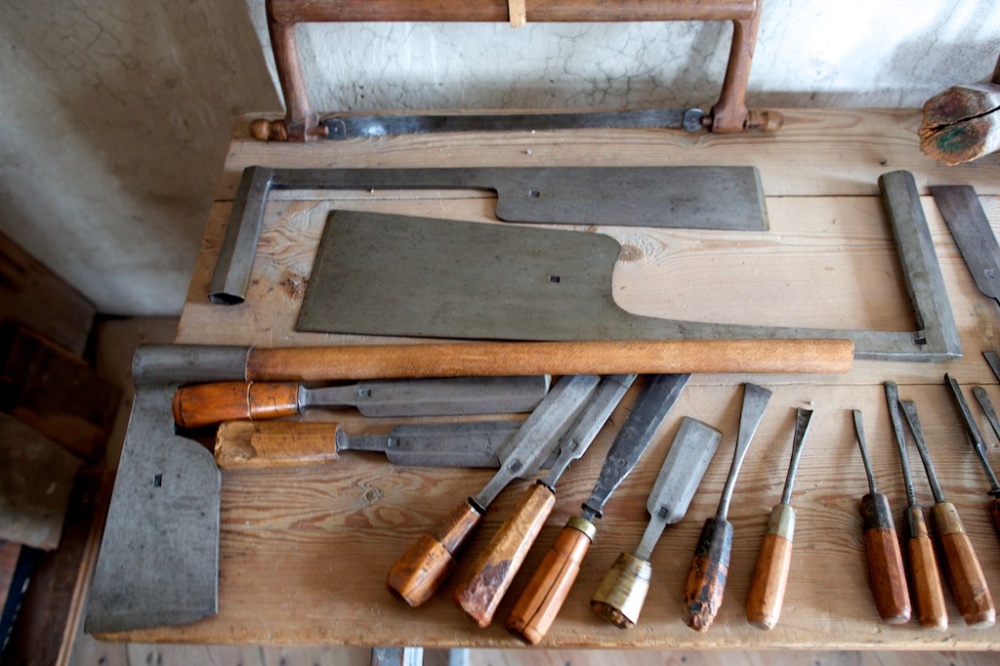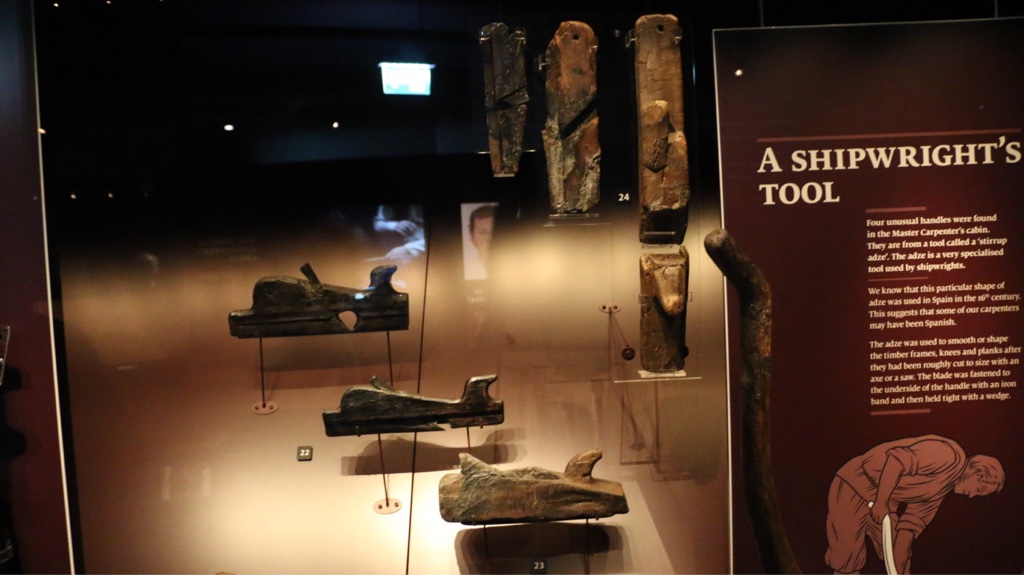Corneel
Established Member
We had a discussion a while ago about the time when the beveled edge chisel came onto the market. It was believed that it was a late 19th century invention, because you find all kinds of early firmer shaped ones and only later beveled chisels in England. Then the Dutch chisel found on Nova Zembla from 1596 entered the discussion.

Today, Roald from the Hovelbenk blog posted about the tool collection from the Skokloster castle in Sweden. These tools have been made in Amsterdam around 1664. You really must have a look at the blog, it is a marvelous collection!
https://hyvelbenk.wordpress.com/2015/04/25/tools-from-skokloster-castle-in-sweden/comment-page-1/
To my surprise, the collection has quite a few beveled edges chisels in great condition for such old tools. Not really wanting to start that discussion again, but just to show how the Dutch had a tradition of beveled edged chisels in the 17th century:

Today, Roald from the Hovelbenk blog posted about the tool collection from the Skokloster castle in Sweden. These tools have been made in Amsterdam around 1664. You really must have a look at the blog, it is a marvelous collection!
https://hyvelbenk.wordpress.com/2015/04/25/tools-from-skokloster-castle-in-sweden/comment-page-1/
To my surprise, the collection has quite a few beveled edges chisels in great condition for such old tools. Not really wanting to start that discussion again, but just to show how the Dutch had a tradition of beveled edged chisels in the 17th century:






































